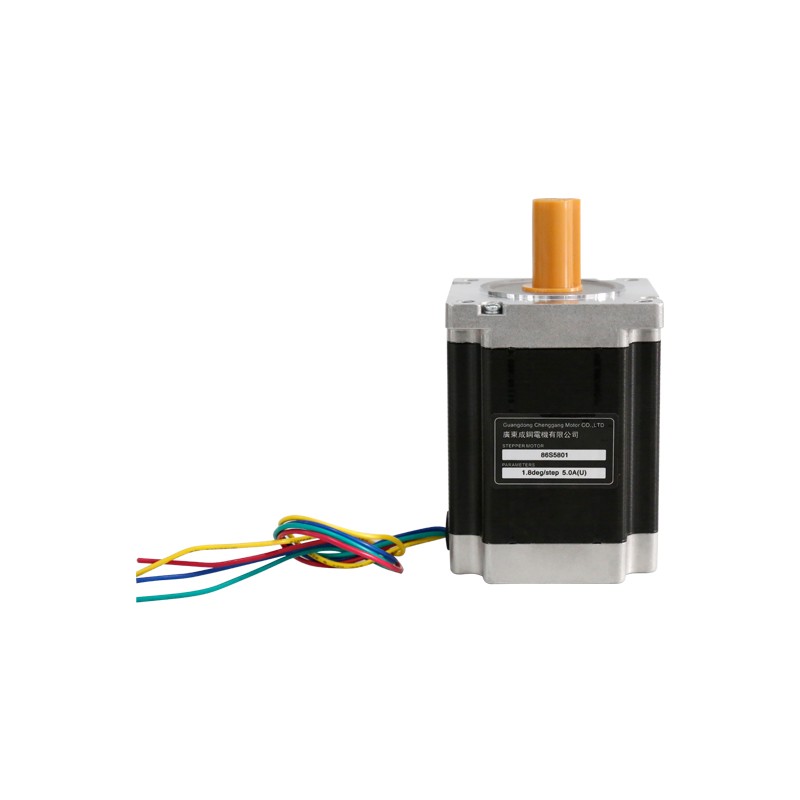
Stepper motor principle: A stepper motor is an open-loop control component that converts electrical pulse signals into angular displacement or linear displacement. Under non-overload conditions, the m...
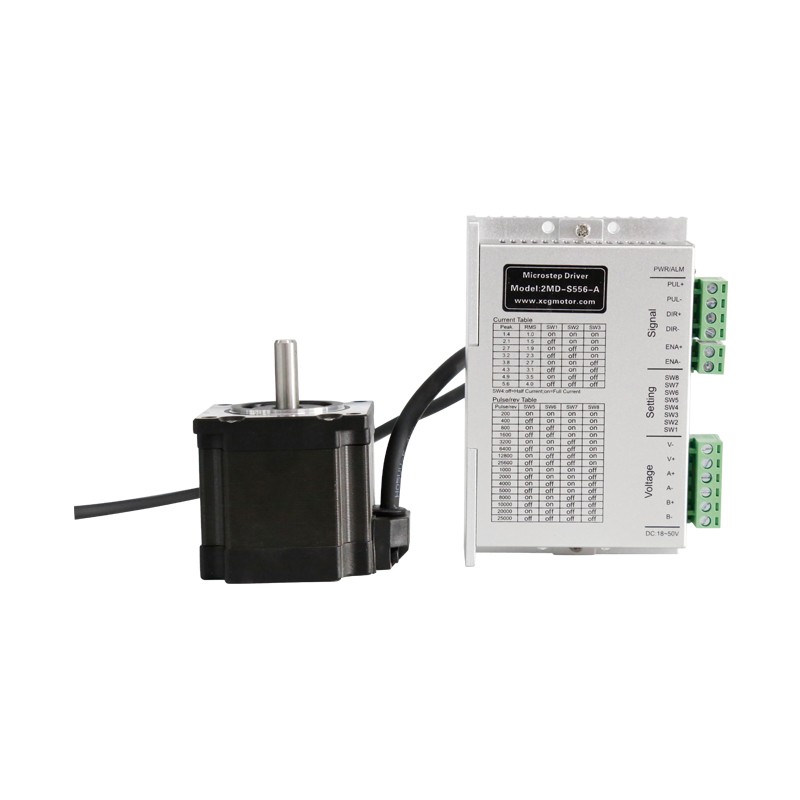
The speed of the stepper servo motor depends on the pulse frequency, the number of rotor teeth and the number of beats. Its angular velocity is proportional to the pulse frequency and synchronized wit...
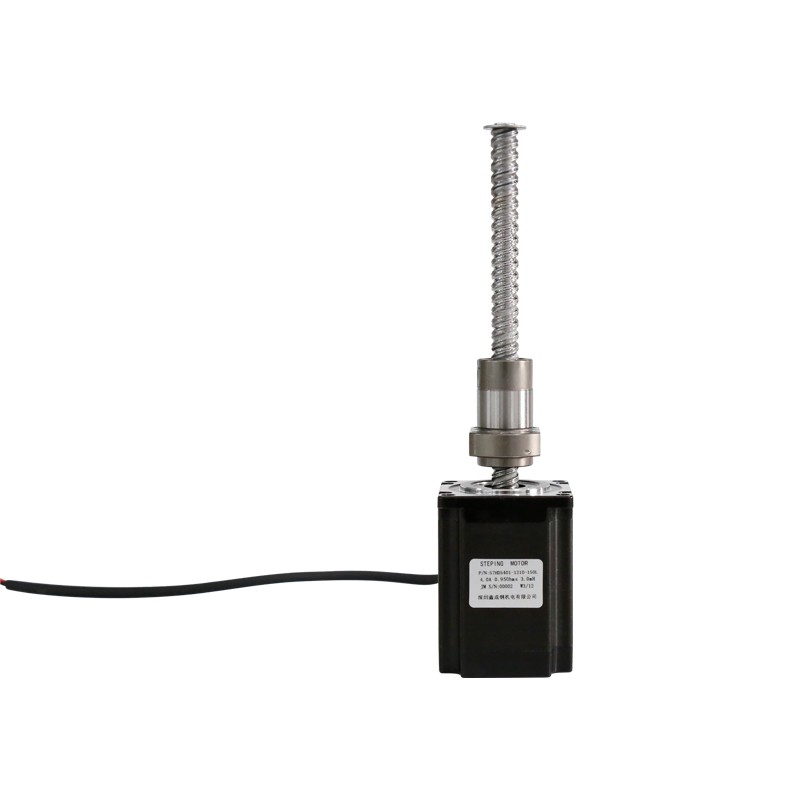
Stepper motors with brakes are also called brakes. Generally, the power supply of the stepper motor is not self-locking. To complete the locking of the power supply, a parallel circuit needs to be add...
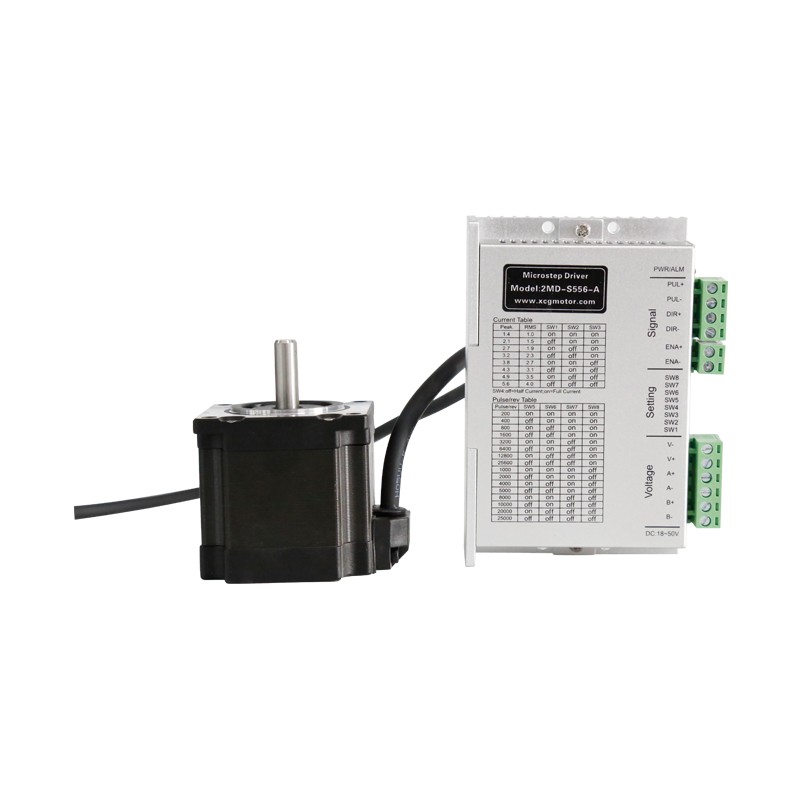
A stepper motor is a device that converts electrical pulses into angular displacement. When receiving a pulse signal, the motor rotates at a fixed angle according to the set direction. The angular dis...
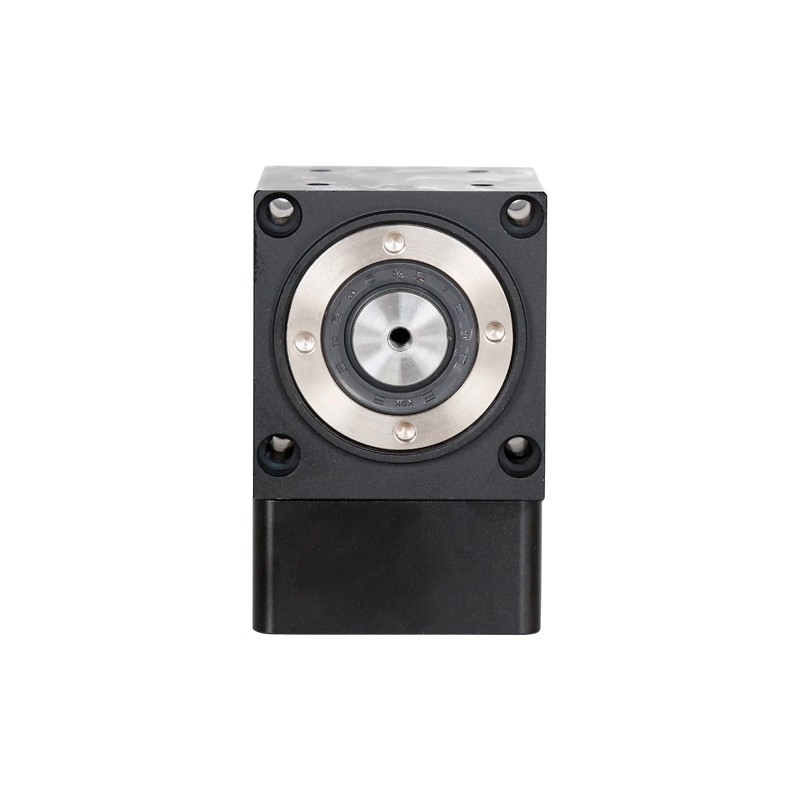
Planetary reducer is the most important type of reducer matched with servo motor. When purchasing a reducer, the first thing to consider is the reduction ratio. After determining the reduction ratio, ...
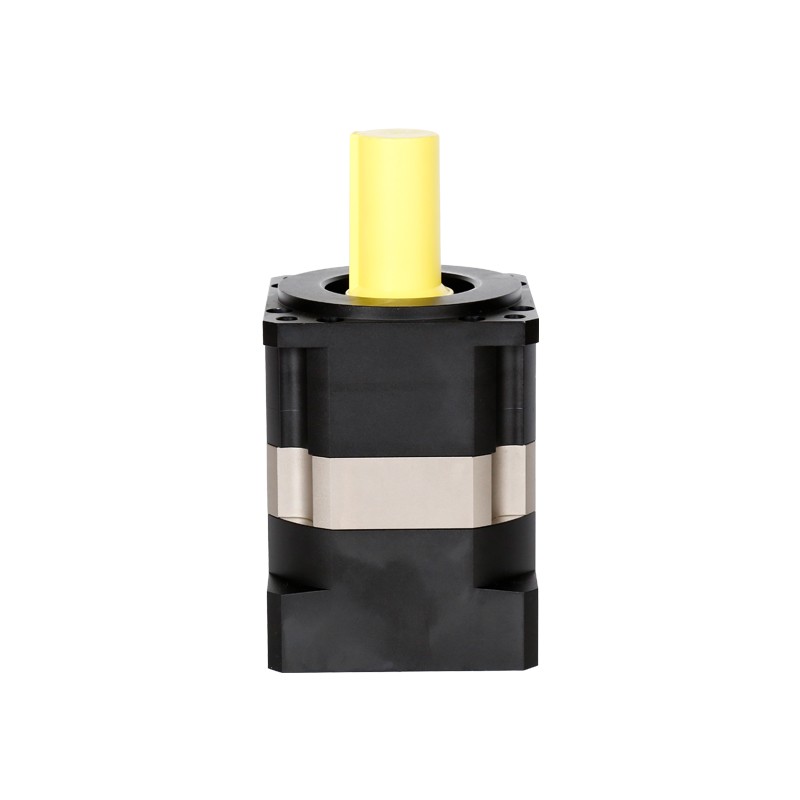
Things to note when operating the servo reducer1. Do not hit hard: When installing couplings, pulleys, sprockets and other components on the input shaft of the reducer, do not use indirect hammering t...
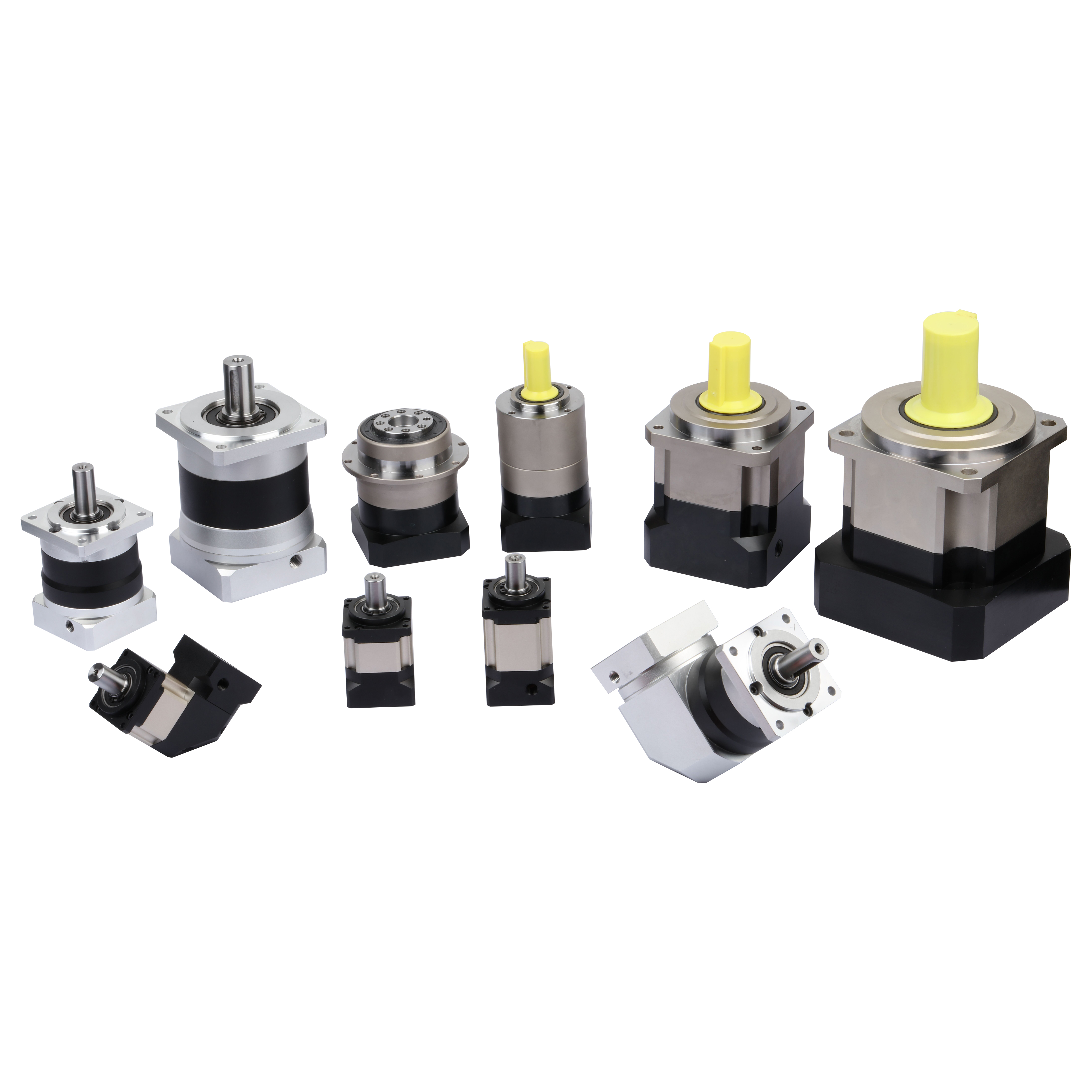
Performance and features of planetary reducer:1. The planetary gear transmission interface adopts full needle roller bearings without cage, which greatly increases the contact area, while also improvi...
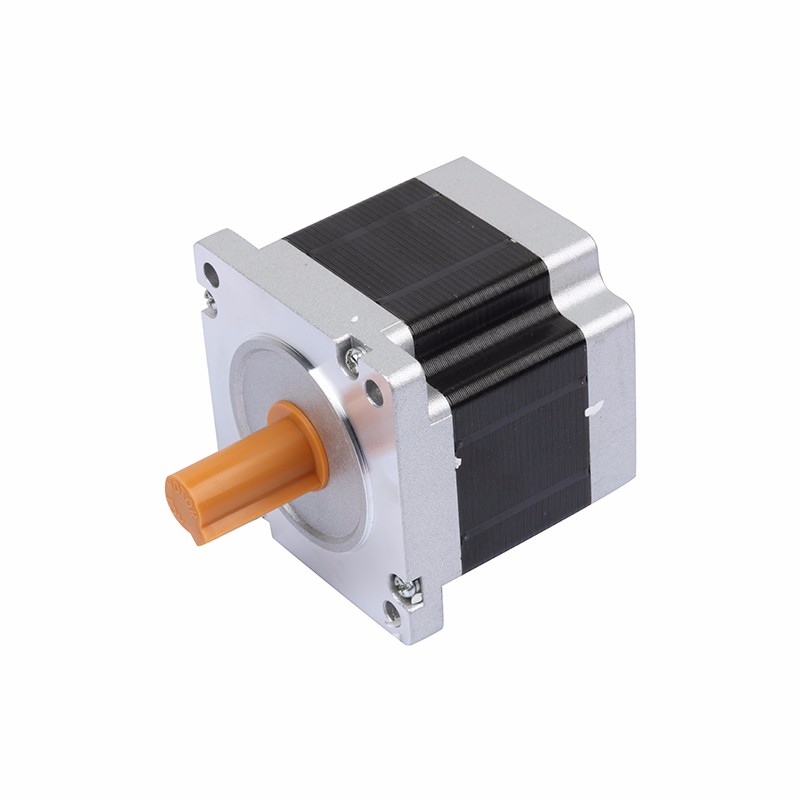
Stepper motors are generally controlled by PLC, and the acceleration and deceleration of the controller are controlled by the slope method. The slopes of acceleration and deceleration are symmetrical....